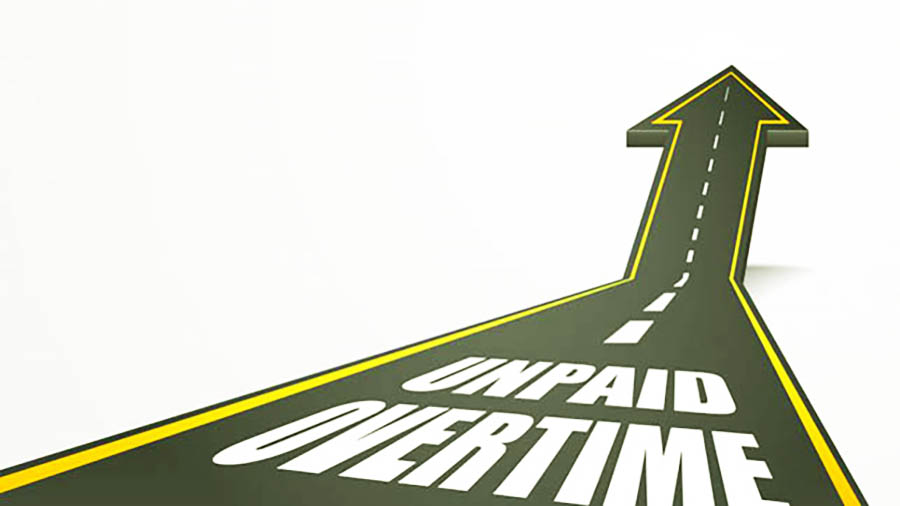Contributed by Joe Montero
Among industrialised nations, Australia has for some time led as the land with the highest number of hours worked by full-time employees. Australia is also up there with the number of underemployed workers. This is not surprising. Overwork and underwork dovetail neatly into a labour market designed to squeeze the worker by any means available
Underemployment has been harnessed as a weapon by employers to extract a premium from their permanent full-time employees. By 2016 a report by report by the OECD had revealed that Australia ranked third among its members for the proportion of the workforce working part time.
By the time the pandemic arrived in 2020, the trend had already become entrenched. Lockdown meant that even more were going to be shifted to part-time. The latest Productivity Commission’s Working from Home report shows that the number working from home was boosted by the pandemic from 20 percent to 44 percent last year.
The other story is that the same lockdown provided an opportunity for more than few employers to pressure workers into more unpaid work. A poll by Australia Institute’s Centre for Future Work revealed that the average employed Australian is working 6.13 hours unpaid each week in 2021, up from 5.25 hours in 2020 and 4.62 hours in 2019.
This skewed the official working hours on average in a downward direction. It remains that those in full time employment found themselves working longer than the supposed 38-hour week.

Wage theft from unpaid work hours amounted amounting to $125 billion in total. Each worker lost $461.60 every fortnight. This theft is perfectly legal, although thoroughly unethical and imposing a cost on individuals and families ae already living at the edge. Being out of pocket by this with the astronomical cost of housing and a rising cost of living overall.
Australian Bureau of Statistics (ABS) figures hide this part by focusing on the average across the population. They show that the number of hours worked overall fell. Underemployment by 9.5 percent and the loss of 46,300 jobs in 2020.
But this does not deny that those still in a job worked more hours without pay.
According to the Centre for Future Work report, 26 percent of workers reporting their employers’ expectations of their availability increased during the pandemic.
The economic insecurity of workers that is taken advantage of. They are subject to pressure to accept inferior working conditions.
Australia’s current industrial relations system has played its part. Together with a weakening economy, it has hamstrung the union movement. The right to be represented by a union has been limited and organisers no longer have the right to visit their members at work. Acting against an employer doing the wrong thing, like stealing wages, has been virtually outlawed. The main protector of wages and conditions has been weakened.
There is a major economic cost. Economists talk about the point of diminishing return in performance. In simple words, workers get tired and perform less efficiently. A bigger cost to society is that decreases the capacity of workers to consume, and this means a smaller market for employers collectively.
The problem is that individual employer don’t mind if they are taking enough though stolen wages. They should not be allowed to do this.


Be the first to comment on "Australians are now working more unpaid hours"